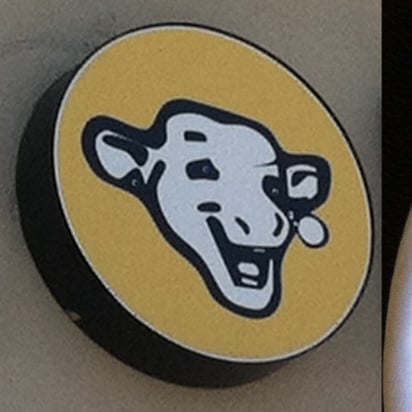

Belaying a lead climber is much less straightforward than belaying a top roper, so that’s all true assuming he has an excellent belayer, which I’m sure Adam does. That being said mistakes still happen; just look at Sara Al Qunaibet’s recentish fall. Alex Honnold was also dropped by his (at the time) girlfriend and suffered injury. He was lucky to be on the first pitch of a multi pitch climb at the time.

Totally agree. Feeding through a Grigri in order to lead belay necessitates disabling the autolockimg behavior of the device and creates an opportunity for a fall to the ground if the climber loses it unexpectedly. Belaying with an ATC still isn’t a replacement for vigilance, though. Catching a lead fall with minimal fall distance requires a combination of constant attention, deep understanding of the route, its cruxes, and your climber, anticipation of the fall based on your observation of the climber, and bulletproof mechanical memory of the process. Even still, runout is a thing on many routes. I would add on to your statement; the most dangerous part may be the drive to the crag (or perhaps, a scramble approach) but the second most dangerous part may well be the climb to the first draw.